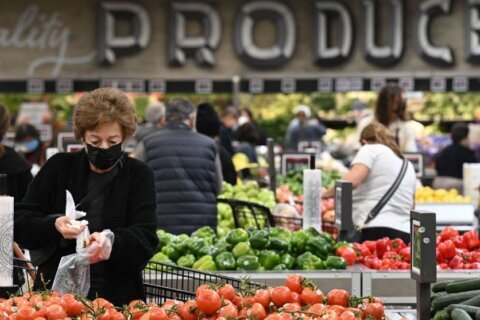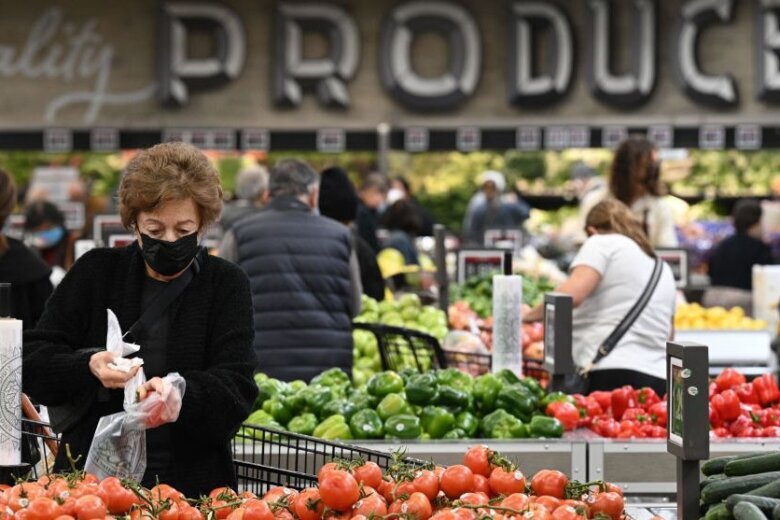
Last week, the U.S. Labor Department said that its consumer price index jumped 8.5% in March from a year earlier — the sharpest year-over-year increase since 1981.
Today, a dollar does not go as far as it used to, especially at the grocery store. Food prices continue to rise along with the cost of gas.
Meredith Wilson, founder and CEO of Emergent Risk International, tells WTOP that the rise in prices might not stop anytime soon.
“The current problem is that the drivers of high food prices right now are not going away,” said Wilson. She defined those drivers as shortages of fertilizer, and certain foodstuffs like wheat and sunflower oil.
“It’s a seemingly intractable problem right now, because there isn’t a short-term solution on the horizon,” Wilson says.
She highlights the global supply chain issues as another factor driving up food prices. Wilson said Americans will probably not see an immediate decrease in prices.
“Although, we will start to see governments trying to find ways to push those prices down, because as you might imagine, it’s very politically unpalatable to have high food prices for any length of time,” Wilson finished.
Wilson said the rising food prices is likely to cause an increase in unrest.
“There’s always, always going to be a link between unrest and food prices, and not only in developing countries, although that’s where we see it most frequently, because that’s where you have so many people on the edge of falling into poverty. But right now, for example, Pakistan just ousted their prime minister, primarily over mismanagement of the economy,” said Wilson.
She also predicts the increase in prices will sway voters.
“We’ll also probably see changed electoral outcomes in the next couple of months, potentially in the U.S. as people shift their votes as they don’t see improvement under the current government,” Wilson said.








